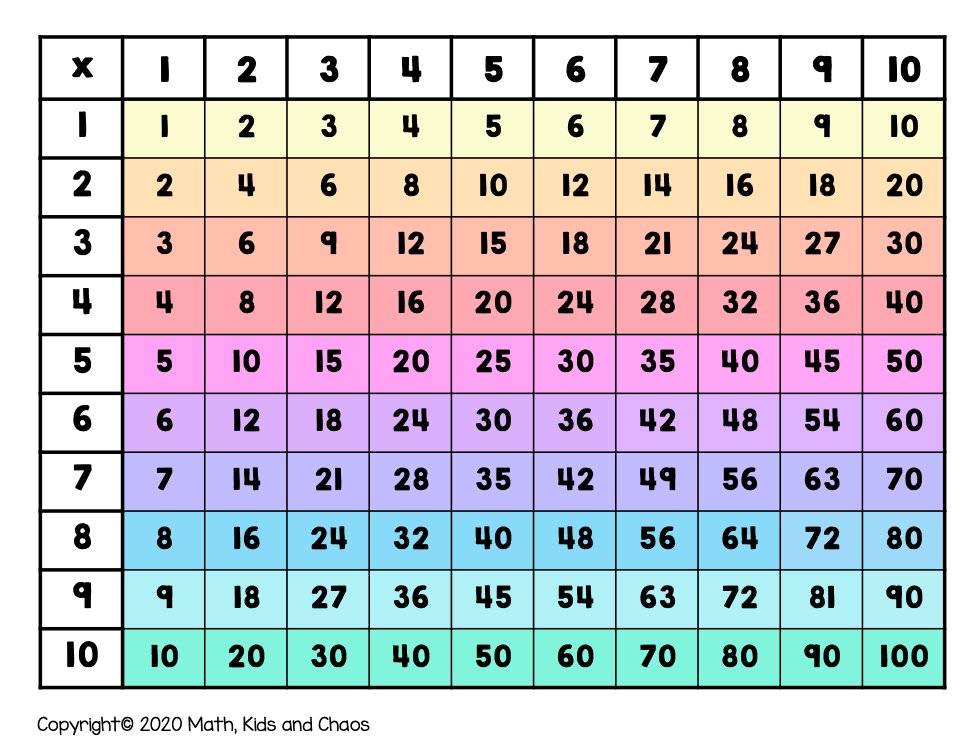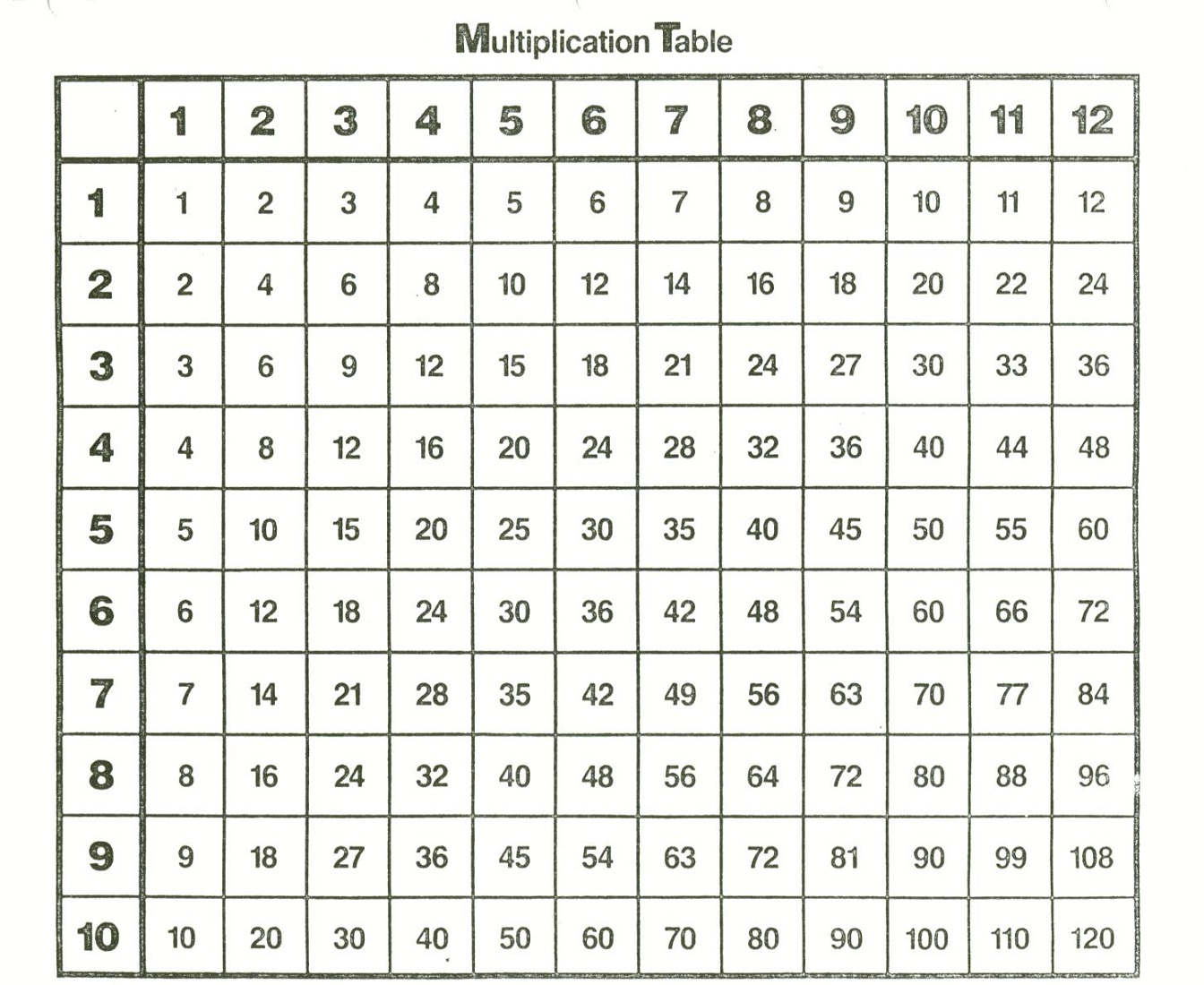

Teachers can use these multiplication worksheets that have been developed specifically for this highly recommended strategy and are designed to walk students through the process sequentially by testing their memory of each times table as they learn them individually.īy guiding students through the process of learning each times table one by one, teachers are ensuring that students fully comprehend the fundamental concepts prior to moving on to more difficult math. The final score will be displayed at the end of this quiz and will reflect how well you performed.

Scholars on the subject of teaching early mathematics typically value the following order when presenting students with the times tables for the first time: Twos, 10s, Fives, Squares (2 x 2, 3 x 3, 4 x 4, etc.), Fours, Sixes, and Sevens, and finally Eights and Nines. Answer the questions below and see how strong your number game is. Sirat, Gurmehar and Ranvir wrote: For example for 12, 19, 26, 33, 40: First we have to get the first number. In order for students to properly prepare for one-minute multiplication quizzes for factors up to 12, teachers should ensure the learner is able to skip count by 2, 5, and 10, as well as single count past 100 by starting with the two times tables and making sure the learner has fluency before moving on. This would be 2 times tables shifted up by 1. If youre teaching basic facts between 0 and 10 only, you may want to jump to our Multiplication 0-10 page. Print games, quizzes, mystery picture worksheets, flashcards, and more. A sample test for multiplying factors up to 12. Multiplication Worksheets (Up to 12s) Basic Multiplication Facts (Through 12s) Basic multiplication printables for teaching basic facts through 12x12.


 0 kommentar(er)
0 kommentar(er)
